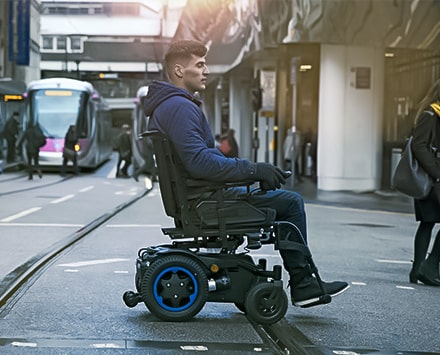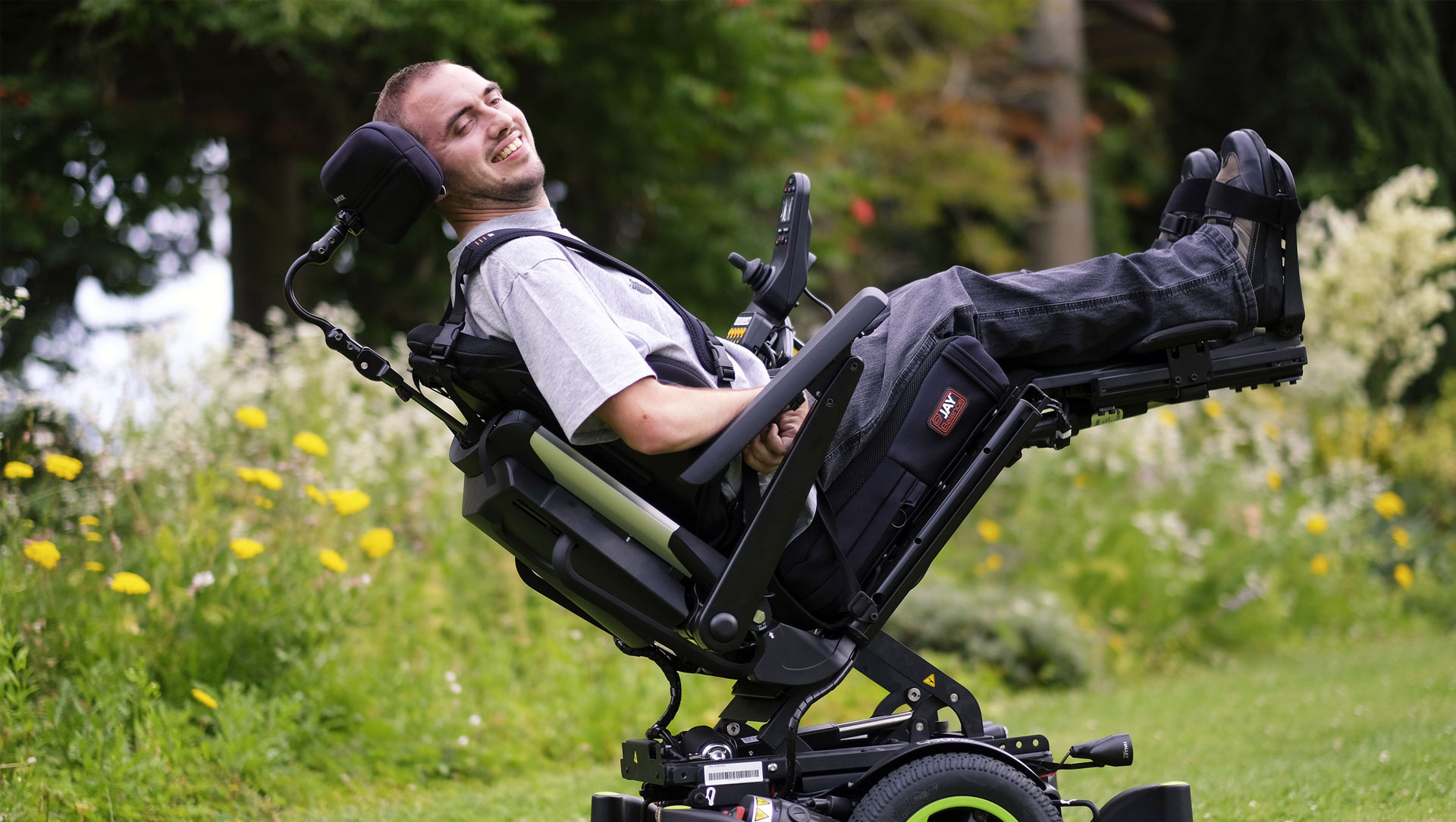Latest Blogs
Wheelchair Cushions for Pressure Sores
Date: Sep 24, 2021 | Read Time: 5 min


Pressure sores are possible even if you have cushions for your wheelchair. This is due to long-sitting periods on wheelchairs, and the cushion might not be the most suitable for the user.
However, there are different types of pressure-relieving cushions, and some people might not be aware of this. Some may even find it challenging to determine which one suits their needs the most. Acquiring the best kind of wheelchair cushion for a wheelchair user is crucial, as it can unlock various benefits in enhancing the well-being of a user’s disabled life.
This article will discuss wheelchair cushions for pressure sores and the reasons why you need pressure-relieving cushions. We will also talk about the different types of wheelchair cushions and their advantages and disadvantages to guide you in choosing the most suitable kind of pressure-relieving cushion for your needs.
The Need for Wheelchair Cushions for Pressure Sores
Pressure-relieving cushions, from the word itself, are wheelchair cushions for relieving pressure sores. These cushions assist in reducing pressure by distributing a user’s weight evenly throughout the seat surface for a more comfortable sitting experience on an electric wheelchair.
Not only do wheelchair cushions help relieve pressure sores (also called pressure ulcers), but they also provide comfort, absorb shocks, and assist with postural alignment to improve function. If you want to better your experience with wheelchair cushions and know which works best for you, keep reading.
Types of Materials in Wheelchair Cushions for Pressure Sores
There are five types of materials in wheelchair cushions for relieving pressure sores. They are the following: foam, gel, honeycomb, air and fluid.
Foam

Image Source: Sunrise Medical
Foam wheelchair cushions are the basic type of cushion for relieving pressure sores.
-
Advantages
They are lightweight, portable, affordable, and are designed to provide wheelchair users with adequate support, stability, and comfort. They also vary in size to help individuals find the most suitable one for them.
Disadvantages
This type of pressure-relieving cushion is not intended for long-term use, as it wears out quickly, resulting in frequent replacement of wheelchair materials. Additionally, it is not washable; hence, it can produce an unpleasant smell.
Gel
Gel wheelchair cushions are best for good pressure distribution and moisture reduction. Wheelchair users can also add this type of material on top of a foam cushion’s base.
-
Advantages
Two unique features of the gel type wheelchair cushion are that it supports the muscles that have become atrophied and provides additional comfort with its cooling effects. To add, it offers shear reduction as the material adapts and moves as the user changes position.
Disadvantages
The cushion needs to be kneaded back in place before using to keep it in place. Also, because of the gel’s density, it does not allow immersion and is heavy, making the overall weight of the wheelchair heavier too.
Honeycomb

Image Source: GTK
This pressure-relieving cushion is a polymer shaped into a “honeycomb” with its unique beehive pattern.
-
Advantages
Through its beehive pattern, it allows increased airflow, which is superior in providing comfort to wheelchair users. This cushion is also excellent in absorbing shocks and can even return to its original shape with the aid of the memory function feature. Thus, kneading before using it won’t be necessary, unlike when using a gel type ofwheelchair cushion. The honeycomb wheelchair cushion material remains flexible, even in high and low temperatures.
Disadvantages
Although it relieves pressure by distributing the user’s body weight, it is not the best material for the job for users with spinal cord injuries. It is also prone to increase potential shear force, which can cause damage to the skin.
Air

Image Source: Permobil
Air wheelchair cushions are usually used when a user needs skin protection.
-
Advantages
This type of wheelchair cushion allows for immersion of the seated body, conforming to the shape of the user’s body. When an air-filled cushion has been inflated adequately, the chambers then provide an area for the lower extremities to “float,” resulting in reduced potential peak pressures.
Disadvantages
Air-filled wheelchair cushions are less stable. Hence, air levels require daily inspections to avoid leaks. Furthermore, pressure-relieving cushions made of this material are more expensive and require higher maintenance. Although their pressure relief is of high quality, their postural stability and positioning are only mediocre.
Fluid
The fluid material in wheelchair cushions can adapt to the shape of the user’s buttocks, unlike the gel material.
-
Advantages
The adaptation in a fluid type of wheelchair cushion results in a more even pressure distribution to relieve pressure sores. With its ability to adjust to body movements, it can help reduce shear forces. In addition, it offers better skin protection and provides better skin temperature control by conducting heat away from the skin.
Disadvantages
Some pressure-relieving cushions made of this material should be left indoors and not in a frigid environment outdoors to keep the fluid material from freezing. Its unique quality makes them costlier than others.
Summary
To summarize, wheelchair cushions are significant for relieving pressure sores, preventing ulcers, absorbing shocks, and assisting with postural stability. Pressure-relieving cushions are essential, but one should also know which of the five cushion materials best suits their needs: foam, gel, honeycomb, air, or fluid. Choosing the right one may bring more comfort to the overall well-being of a wheelchair user’s life.
We hope this blog enlightened you about the significance, benefits, and main characteristics of each type of wheelchair cushion material.
Thank you for reading this article. If you want to learn more about electric wheelchairs and urological supplies, you can follow us on Facebook, Instagram, LinkedIn, or Twitter. If you have other inquiries or suggestions, please don’t hesitate to contact us here. We’d be happy to assist you.
Banner Image Source: Walk on Wheels Australia



Leave a Comment